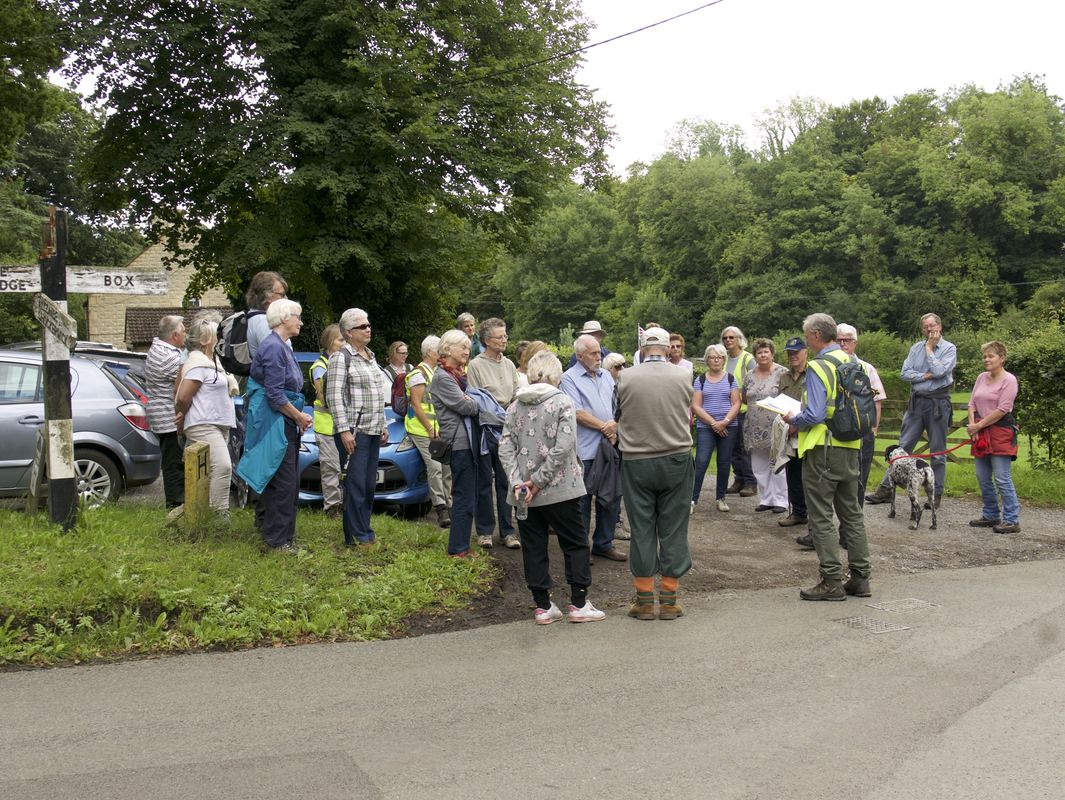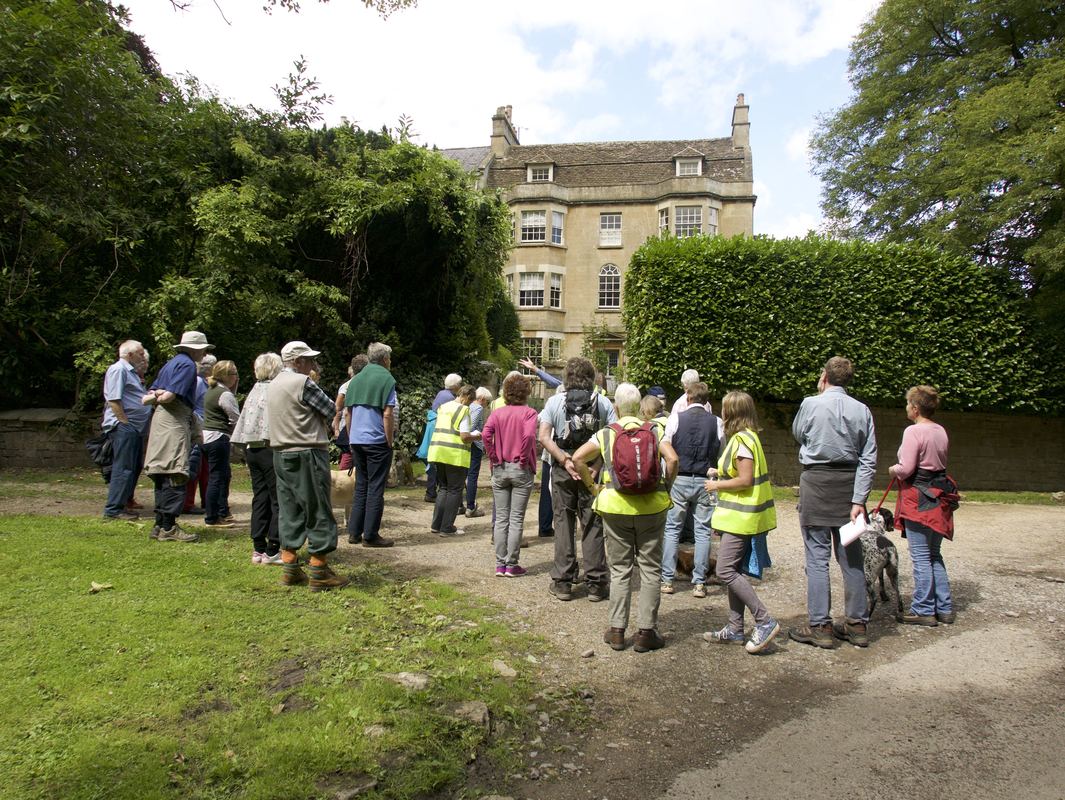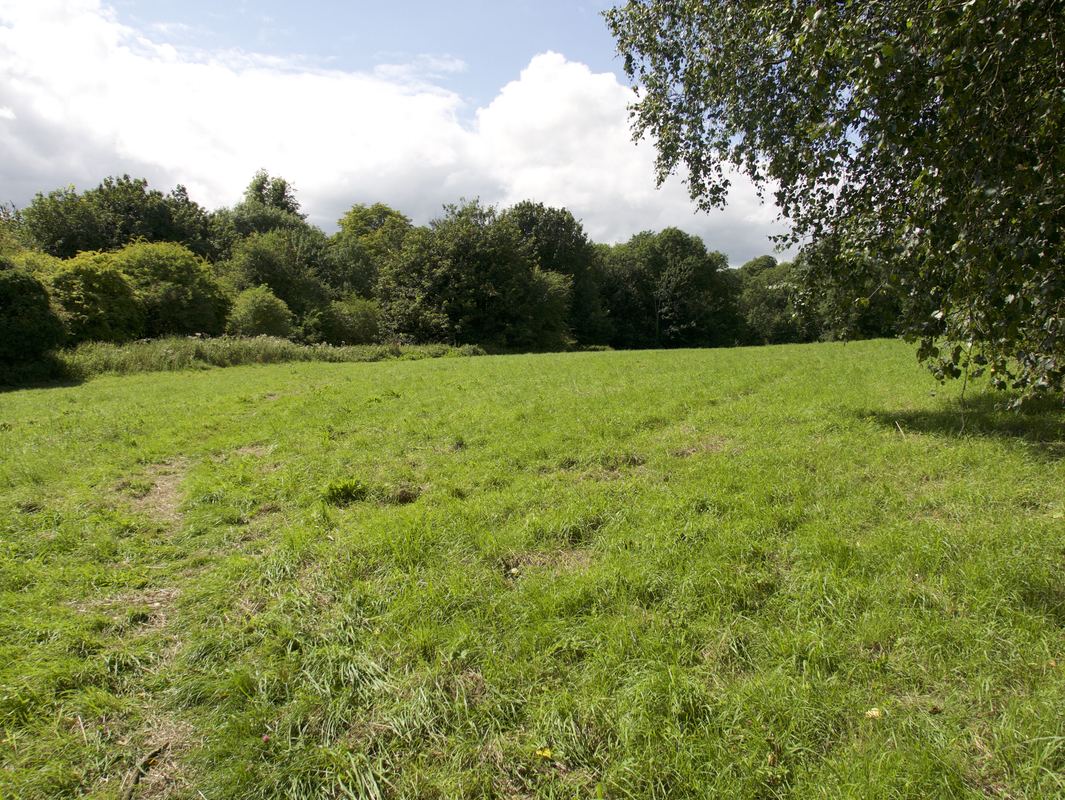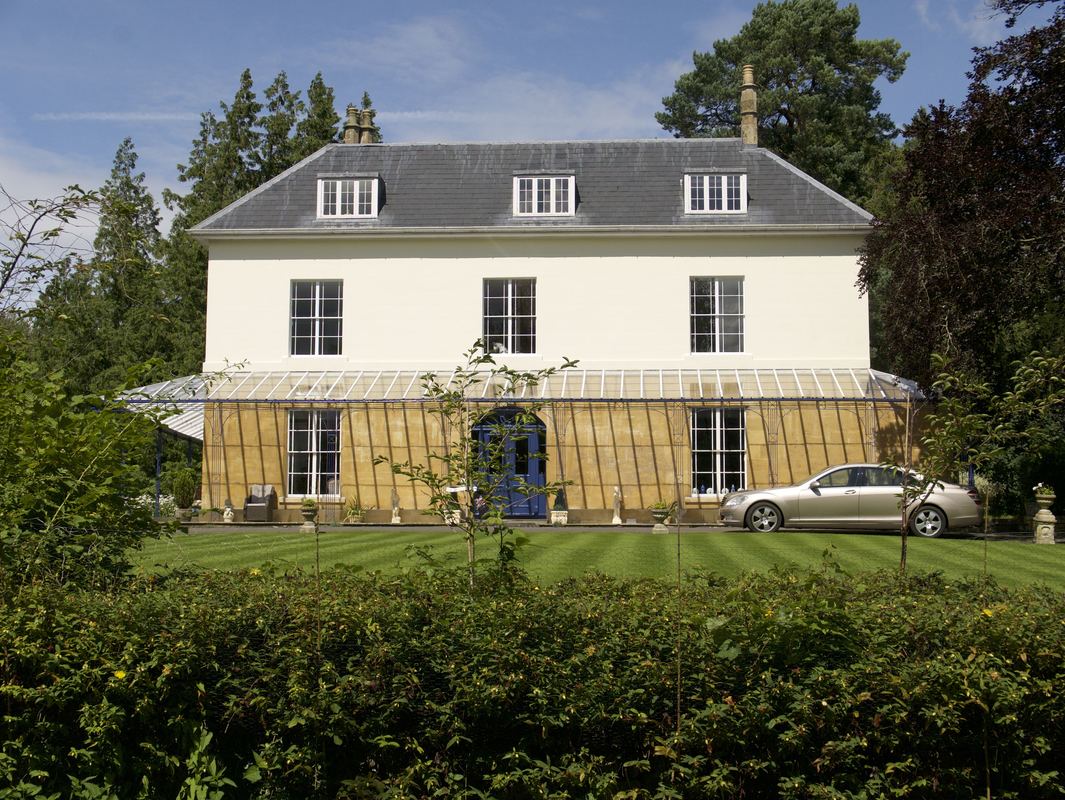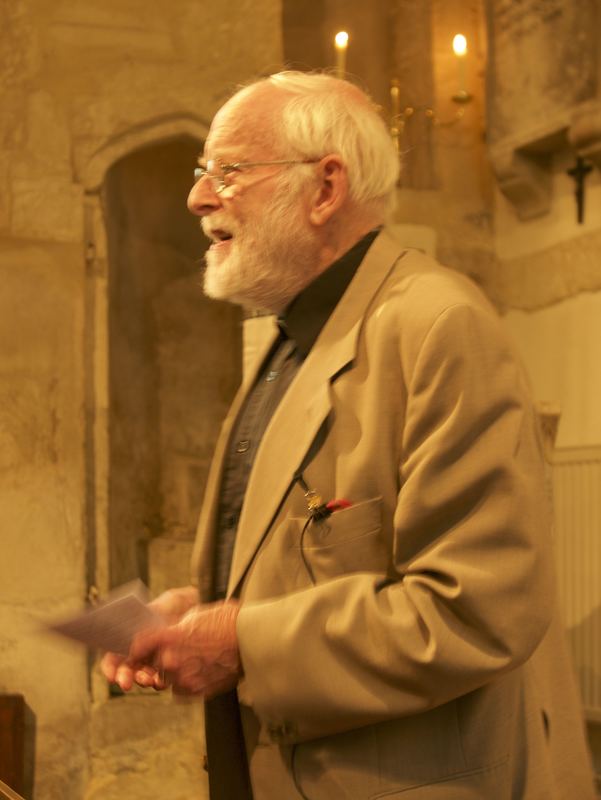Georgian Middlehill Alan Payne photos courtesy Carol Payne August 2017
The final trail for 2017 had, at its heart, the evolution of Georgian Middlehill but with historical detours to include the fascinating history of St Christopher's, Ditteridge, by Canon John Ayers and a most welcoming tea courtesy of Peter & Anastasia Hatvany at their mid-Victorian house, Ardgay.
We questioned the origin and importance of Middlehill, discovering it was substantially undeveloped in Francis Allen's 1626 map but a hundred years later was on a Georgian coaching route from Bath to London with its own pub The Three Cups.
Middlehill Common
The Common is an ancient communal area fiercely protected by local people who had rights of grazing there and relied on nearby woodland for collecting firewood and tool-making supplies. This was particularly necessary in the Tudor period when the national population doubled from 2.4 million in 1520 to 4.5 million by 1600, putting severe pressure on available land. Squatters who built on the Common in Stuart times were evicted unmercifully, including Anthony Jones in 1603 who was refused permission for one cottage house within the Comon of Mydlehills.
We questioned the origin and importance of Middlehill, discovering it was substantially undeveloped in Francis Allen's 1626 map but a hundred years later was on a Georgian coaching route from Bath to London with its own pub The Three Cups.
Middlehill Common
The Common is an ancient communal area fiercely protected by local people who had rights of grazing there and relied on nearby woodland for collecting firewood and tool-making supplies. This was particularly necessary in the Tudor period when the national population doubled from 2.4 million in 1520 to 4.5 million by 1600, putting severe pressure on available land. Squatters who built on the Common in Stuart times were evicted unmercifully, including Anthony Jones in 1603 who was refused permission for one cottage house within the Comon of Mydlehills.
Middlehill House
In late 1700s John Neate developed Middlehill House whilst he lived at Cheney Court and let out Middlehill House as an investment property. He was a Bristol Merchant Venturer, the society who sponsored John Cabot's sailings, Clifton Suspension Bridge and later the University of Bristol. He made a fortune bringing candle wicks from the Baltic defying Napoleon's blockade of England and invested his money in redeveloping Middlehill House with its grand Regency frontage.
Miss Katheen Harper lived there in 1940s. She was a local girl, granddaughter of William Adair Bruce who lived at Ashley House and a great friend of Viscountess French (wife of Field-Marshall French, Earl of Ypres), who opened the 1924 Waifs and Strays Fair at Sunnyside in 1932, including a mechanical elephant for children to ride on.
Miss Harper was remembered by locals as the first lady mayor of Bath, chairman of English Folk Dancing Society, and chair of the Church of England's Waifs and Strays Society.
Middlehill Spa
Box Spa was one of 31 spas built in Wiltshire, most trading on the success of Bath. Dr William Falconer of Bath wrote a learned paper in 1786 claiming Middlehill waters were a gentle laxative, and a cure for foul eruptions of the skin, worms, acidity of the stomach. It cured King's evil (scrofula or tuberculosis), scorbutic eruptions (scurvy), old ulcers, inflammation of the eyes, loss of appetite and indigestion, obstructions in the bowels and urinary passages. The only downside was that the waters were salty to taste with a sulphurous smell.
After selling bottled water in Bath Dr Falconer and a local baker, Mr West, expanded the idea into a leisure resort at Middlehill, developing Spa House into a three-storey building with a splendid reception room 39 feet long, modelled on the Pump Room in Bath. A second boarding house was built at Longridge House.
The Spa failed from the outset and by 1793 was put up for sale, West was declared bankrupt and the buildings were let to Bath visitors.
In late 1700s John Neate developed Middlehill House whilst he lived at Cheney Court and let out Middlehill House as an investment property. He was a Bristol Merchant Venturer, the society who sponsored John Cabot's sailings, Clifton Suspension Bridge and later the University of Bristol. He made a fortune bringing candle wicks from the Baltic defying Napoleon's blockade of England and invested his money in redeveloping Middlehill House with its grand Regency frontage.
Miss Katheen Harper lived there in 1940s. She was a local girl, granddaughter of William Adair Bruce who lived at Ashley House and a great friend of Viscountess French (wife of Field-Marshall French, Earl of Ypres), who opened the 1924 Waifs and Strays Fair at Sunnyside in 1932, including a mechanical elephant for children to ride on.
Miss Harper was remembered by locals as the first lady mayor of Bath, chairman of English Folk Dancing Society, and chair of the Church of England's Waifs and Strays Society.
Middlehill Spa
Box Spa was one of 31 spas built in Wiltshire, most trading on the success of Bath. Dr William Falconer of Bath wrote a learned paper in 1786 claiming Middlehill waters were a gentle laxative, and a cure for foul eruptions of the skin, worms, acidity of the stomach. It cured King's evil (scrofula or tuberculosis), scorbutic eruptions (scurvy), old ulcers, inflammation of the eyes, loss of appetite and indigestion, obstructions in the bowels and urinary passages. The only downside was that the waters were salty to taste with a sulphurous smell.
After selling bottled water in Bath Dr Falconer and a local baker, Mr West, expanded the idea into a leisure resort at Middlehill, developing Spa House into a three-storey building with a splendid reception room 39 feet long, modelled on the Pump Room in Bath. A second boarding house was built at Longridge House.
The Spa failed from the outset and by 1793 was put up for sale, West was declared bankrupt and the buildings were let to Bath visitors.
|
Exploring Ditteridge
The walkers enjoyed a break when they reached Ditteridge with a sit-down in the Church and a fascinating review by John Ayers of the history of St Christopher's, the parish and Ditteridge area, including the old school house, now called The Rectory. Outside we found out about the planting of the oak tree to honour the 25th wedding anniversary of George Edward Northey in 1910, the memorial cross to Anson Northey killed in the opening days of the Great War, the building of The Bungalow and the listing of the local phone box. We also paid a tribute to James Pillinger whose funeral in 1938 united the people of Ditteridge. This was followed by a quick look at Cheney Court developed by George Speke, son of lord of manor, and rumoured to have sheltered Queen Henrietta Maria during the English Civil War. By the close of 1700s Lady Anna Speke was in occupation of the Court, whilst her daughter, Rachel, lived at Hazelbury. The Spekes sold their estate to Northeys in 1726 and one important visitor was PG Wodehouse, who lived here on holiday from school whilst his parents were in Hong Kong. Right: John Ayers, as always informative and amusing |
Ardgay House
The walk concluded with a wonderful tea at Ardgay House and a review of Thomas Woodgate RN, one of the first One Nation Conservatives in the 1860s. He regularly petitioned the directors of the Great Western Railway to improve safety facilities, including a footbridge across the rail track at Box Station. It was a considerable effort in the years before the formation of the Parish Council, when petitions by villagers carried no legal status.
His death in May 1894 prompted a generous tribute from Bath Chronicle. He had a warm and generous nature, which prompted him to good and kindly deeds and by those who knew him he was held in great esteem. After the death of his wife, Mrs Louisa Hay Woodgate, the house was sold then to Colonel Marcus Rainsford, the founding President of the British Legion at the Comrades Club in 1921.
Thanks
Box NATS and Box People and Places thank all who have supported the walks in 2017 and the guest contributors who have done so much to make the events both interesting and informative.
The walk concluded with a wonderful tea at Ardgay House and a review of Thomas Woodgate RN, one of the first One Nation Conservatives in the 1860s. He regularly petitioned the directors of the Great Western Railway to improve safety facilities, including a footbridge across the rail track at Box Station. It was a considerable effort in the years before the formation of the Parish Council, when petitions by villagers carried no legal status.
His death in May 1894 prompted a generous tribute from Bath Chronicle. He had a warm and generous nature, which prompted him to good and kindly deeds and by those who knew him he was held in great esteem. After the death of his wife, Mrs Louisa Hay Woodgate, the house was sold then to Colonel Marcus Rainsford, the founding President of the British Legion at the Comrades Club in 1921.
Thanks
Box NATS and Box People and Places thank all who have supported the walks in 2017 and the guest contributors who have done so much to make the events both interesting and informative.
